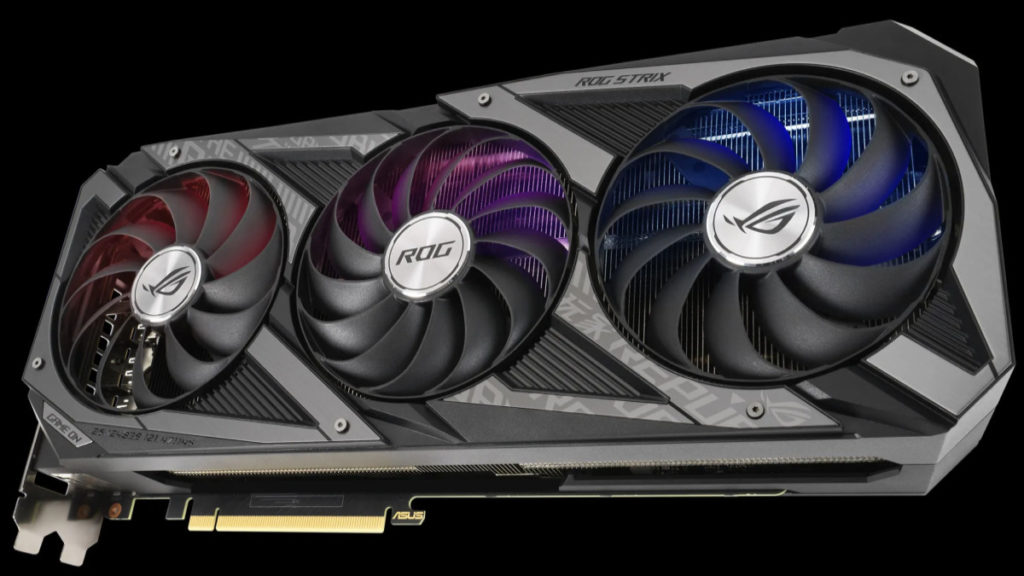
We could be witnessing the beginning of a new trend. Something unique happened with the last generation of RTX cards. MSI produced a 2080 Ti that actually had 3x 8-pin power connectors. Its MSI Trio had that along with a custom BIOS to increase its TDP over that of the NVIDIA Founders Edition counterpart. Now, at the time, it may have seemed silly to some, but considering the rumors and facts with the increased power requirements for the GeForce RTX 3090, it may not be such a far-fetched design choice this time around.

ASUS has announced it is doing something similar for its upcoming ASUS ROG Strix GeForce RTX 3090. Take a closer look at the image above, and you’ll notice it, too, features 3x 8-pin connectors. ASUS also upped the TDP from 350 W to 400 W. These changes could entice some looking to overclock the RTX 3090 to its maximum potential while providing the most optimum power delivery.
From the ASUS Website
As part of the formula for delivering their massive generation-on-generation performance improvements, GeForce RTX 30-series cards draw more power than their predecessors, especially at the top of the range. Many enthusiasts might think about power delivery in terms of VRM phases and cooling, but we began our engineering journey at the point of entry to the graphics card itself. Some GeForce RTX 30-series cards may satisfy their power requirements by drawing from PCI Express auxiliary connectors and the 75W of power available from the PCI Express slot. This approach is perfectly within spec, but it may create additional power-delivery and thermal demands that some motherboards might not be built for.
To get the most out of GeForce RTX 30-series cards, including ROG Strix models, we recommend a power supply with 750W of capacity or more, depending on the specs of the rest of your system. Our ROG Strix and ROG Thor families of PSUs are already prepared to handle the demands of these cards thanks to their massive internal heatsinks, quiet fans with our Axial-tech design, and copious quantities of eight-pin PCIe connectors.
We take full advantage of our three-connector design by giving ROG Strix GeForce RTX 30-series cards up to 400W of total board power to play with. That figure provides Ampere GPUs with lots of additional headroom to achieve the best performance, both out of the box and overclocked. We deliver power using a massive custom VRM array comprising 22 power stages across all of the major voltage rails. Strong and efficient 70A power stages on the main rails ensure the cleanest and most reliable power delivery.

Let us not forget that such changes are not that uncommon in the grand scheme of things, either. It has been some time since top-of-the-line, high-end cards got by with a single 8-pin connector. Size and cooling may not be the only thing enthusiasts need to be concerned with for getting the most out of this generation, or future ones.
